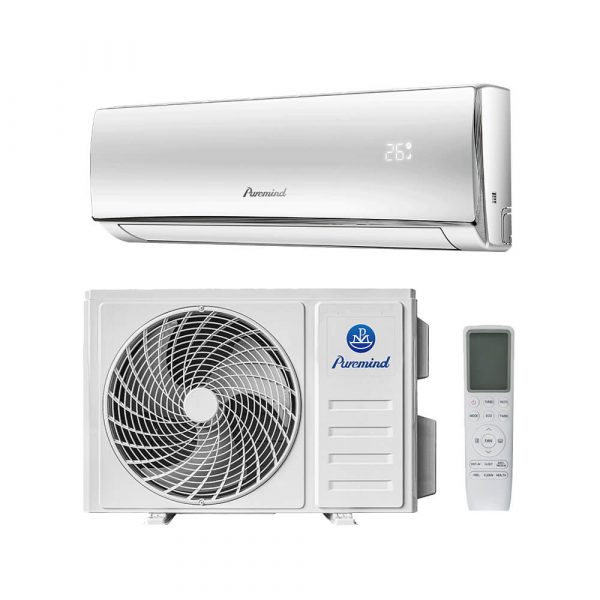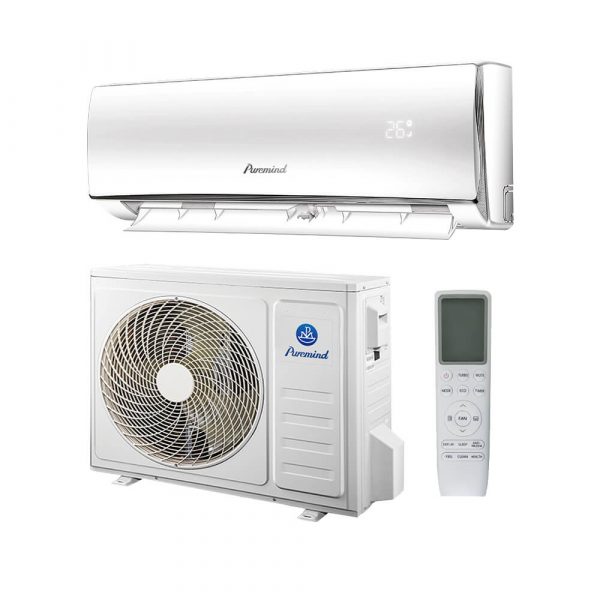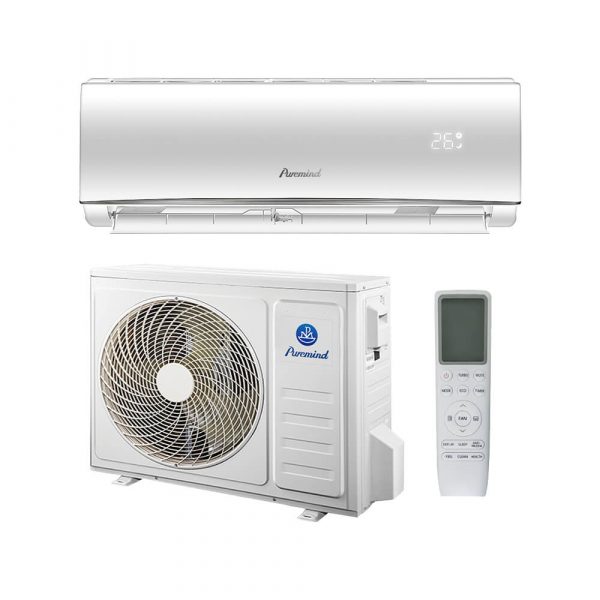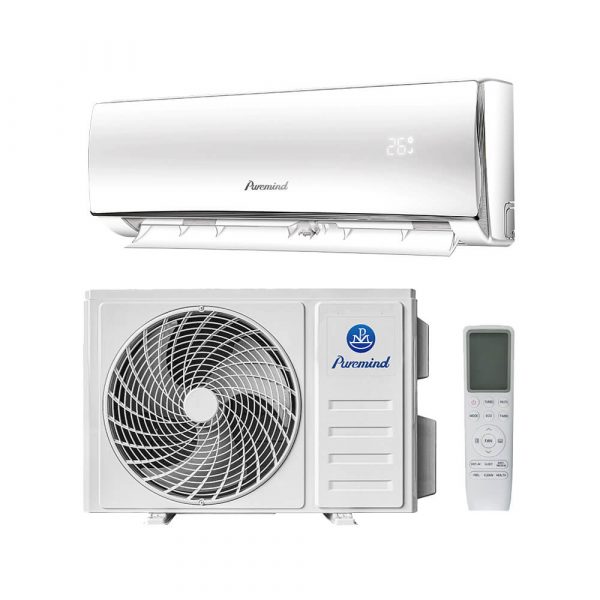How Do Mini Split Air Conditioners Work? Full Guide
As energy efficiency and targeted comfort become essential in modern homes and commercial spaces, mini split air conditioners have emerged as a top HVAC solution. But how do mini split air conditioners work? In this guide, we break down the technology behind mini splits, explain their components, outline their benefits, and show you how they compare with traditional central air systems.
What Is a Mini Split Air Conditioner?
A mini split air conditioner is a type of ductless cooling (and heating) system that consists of two main components:
- Indoor unit: Mounted on a wall, ceiling, or floor, it delivers conditioned air directly into the room.
- Outdoor unit: Installed outside the building, it houses the compressor and condenser.
These units are connected by a small conduit that contains the power cable, refrigerant tubing, suction tubing, and a condensate drain line. Mini splits are known for their efficiency, quiet operation, and zoning flexibility.
The Working Principle of Mini Split ACs
The operation of a mini split is based on a refrigeration cycle similar to that of traditional air conditioners or refrigerators. Here’s how the process works step-by-step:
1. Heat Absorption
The indoor unit uses a fan to draw in warm room air. This air passes over an evaporator coil filled with cold refrigerant, which absorbs the heat.
2. Heat Transfer
The warmed refrigerant is then pumped through refrigerant lines to the outdoor unit. The compressor pressurizes the refrigerant and sends it to the condenser coil.
3. Heat Rejection
In the outdoor unit, a fan blows outside air across the condenser coil, expelling the heat into the environment. The refrigerant cools and returns to the indoor unit to repeat the cycle.
4. Optional Heating Mode
In mini split heat pump systems, the process can reverse, allowing the system to absorb heat from the outside air and transfer it inside for heating during colder months.
Components of a Mini Split System
Understanding the core components helps clarify how mini splits work:
- Evaporator Coil: Located in the indoor unit, it absorbs heat from indoor air.
- Compressor: Compresses refrigerant gas and circulates it through the system.
- Condenser Coil: Releases heat outside (or absorbs it in heating mode).
- Expansion Valve: Regulates refrigerant flow and pressure.
- Fan Motors: Move air through coils in both indoor and outdoor units.
Key Benefits of Mini Split Air Conditioners
1. No Ductwork Needed
Since mini splits deliver air directly into zones, they eliminate the need for bulky, leaky ducts—leading to greater energy efficiency.
2. Zoned Climate Control
Each indoor unit operates independently, allowing users to set different temperatures in different rooms.
3. High Energy Efficiency
Most mini splits use inverter-driven compressors that vary speed based on load, minimizing energy waste and reducing electricity bills.
4. Quiet Operation
Indoor units operate at sound levels as low as 20 dB—quieter than a whisper—making them ideal for bedrooms, offices, and nurseries.
5. Flexible Installation
Mini splits can be installed in a variety of configurations: wall-mounted, floor-mounted, ceiling cassette, or ducted concealed units.
Applications of Mini Split Systems
Mini split air conditioners are suitable for:
- Single-room or apartment cooling
- Home additions or garages
- Server rooms or equipment closets
- Older homes without existing ductwork
- Commercial offices and shops with multiple zones
Installation Process Overview
While professional installation is highly recommended, here’s what the process typically involves:
- Mounting the indoor unit on a wall or ceiling.
- Installing the outdoor condenser on a stable base outside.
- Drilling a small hole through the wall for the refrigerant line and drain hose.
- Connecting electrical wiring and charging the system with refrigerant (if not pre-charged).
- Testing for performance and sealing the system for efficiency.
Maintenance Tips
- Clean or replace air filters every 4–6 weeks.
- Inspect refrigerant lines and insulation yearly.
- Clear debris from the outdoor unit regularly.
- Schedule annual professional inspections for refrigerant pressure and coil cleaning.
Cost Considerations
Mini split costs depend on the system size, brand, and number of zones:
- Single-zone systems: $1,000 – $2,500
- Multi-zone systems: $2,500 – $6,000+
- Installation costs: $500 – $2,000 depending on location and complexity
Though the upfront cost is higher than window units, the long-term savings in energy bills and the comfort benefits often justify the investment.
Where to Buy Reliable Mini Split Systems
If you’re ready to upgrade your cooling and heating solution, check out Puremind’s high-performance split air conditioner collection. With decades of manufacturing experience, Puremind offers affordable, energy-efficient mini splits designed for both residential and commercial applications.
Frequently Asked Questions
Q: How long do mini split air conditioners last?
With proper maintenance, a mini split can last 15–20 years or longer.
Q: Do mini splits heat and cool?
Yes. Most models are heat pumps that can reverse the refrigerant flow to provide both cooling and heating.
Q: Can one outdoor unit support multiple indoor units?
Yes, multi-zone systems allow one outdoor condenser to connect to up to 4–8 indoor units.
Q: Is a mini split better than central air?
For targeted or zoned comfort, mini splits are more efficient. Central air is better for large, uniformly used spaces.
Conclusion
Now that you understand how mini split air conditioners work, you can appreciate why they’re one of the most efficient and flexible HVAC solutions available today. From whisper-quiet operation to zoned climate control and low energy consumption, mini splits offer unmatched performance for modern homes and businesses.
Want to explore more? Browse Puremind’s full range of mini split air conditioners and find the system that suits your needs best.







